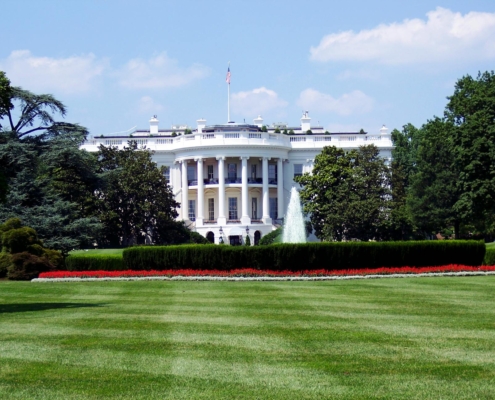As of February 2022, the IPv4 transfer market continues to show a stabilized trend as it relates to demand for IP transfers over the past 9 months.
The transfer requests increased from 132 in January to 137 in February, demonstrating an insignificant increase of +4%. While the trend seems to be very consistent, there is still a -30% decrease of IPv4 transfer requests since the IPv4 crash in May of 2021.
Some people might not recall, but there was another period when IPv4 prices seemed to stay fairly stabilized for a short period of time. This price correction dates back to 2019, when the IPv4 transfer requests dropped to only 107 in December down -38% from an average of 174 from the entire year in December of 2018. At that time, the IPv4 prices had just increased to over $20 per IP and started to hit around $25 per IP. In February 2019, prices fell and stagnated around the $20 price point through the majority of 2019, ultimately increasing toward the end of the year.
There are 3 significant differentiators that are worth considering as we look to the future of IPv4 sales prices as compared to the past events of 2018:
- The prices started to decrease and stabilize only 2-3 months after the mini crash of December 2018. In today’s market however, the prices continued to increase at a significant rate of around 60% – 75% for roughly 7 months before stabilizing.
- After the mini crash in December 2018, the demand increased back to a similar average of 170 transfer requests per month for the remainder of 2019. In our market today, the demand has yet to rebound and has been consistently -30% less than before the May 2021 crash.
- The mini crash in December 2018 was only a -38% decrease, while the crash in May 2021 was far more significant at -62%.
The other major differences are related to the economic climates during each period. In December of 2018, the stock market saw a significant -9% crash which impacted business spend during that short period of time. While today, we face a Russian invasion of the Ukraine which has an unknown resolution timeframe, potentially impacting businesses in a similar way.
You may be thinking… What else might affect the IPv4 market moving forward?
The federal government seems to be dolling out hundreds of millions of dollars to develop broadband in rural communities over the last several years. That trend continues to stay strong and will continue to affect IPv4 buying decisions.
Other Popular Blog Posts
Discover more from Brander Group
Subscribe to get the latest posts sent to your email.


 2024
2024